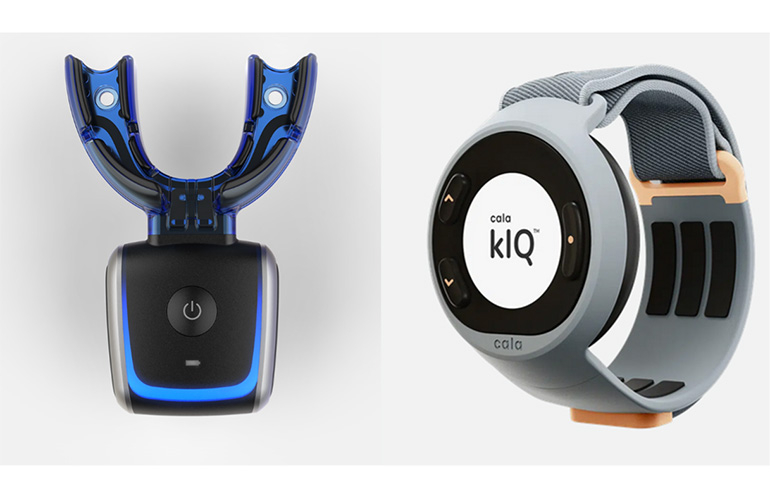Advancing Medical Wearable Devices through Electrically Conductive Silicone Molding

The advancement of medical wearable devices is explored through the use of electrically conductive (EC) silicone molding. The choice of silicone elastomer formulation, including high consistency rubber (HCR), liquid silicone rubber (LSR), and room temperature vulcanizing (RTV) materials, impacts the molding process. Conductive additives like carbon fiber (CF) and carbon nanotubes (CNT) are introduced to achieve electrical conductivity in silicone, with considerations for loading levels to maintain mechanical properties. Molding methods, such as injection and compression molding, influence shear forces and temperature, affecting the conductive performance. ProMed conducted tests, evaluating resistivity and uniformity across different elastomer types, additive materials, and gate styles, emphasizing the importance of collaboration between device designers and manufacturers to optimize conductive componentry for wearable medical devices.
Make faster decisions with community advice
- AI Gets Better At Writing Patient Histories When Physicians Engineer The Prompts
- New Study Evaluates Virtual Reality to Reduce Scanxiety in Brain Tumor Patients
- Revolutionizing Healthcare: Harnessing the Power of IoT Solutions for Improved Patient Outcomes
- Carrum Health Raises $45 Million Series B to Expand Cancer Care Offerings and Launch New Service Lines
- Ethical Guardrails Are Essential To Making Generative AI Work For Healthcare
Deploy this technology today
-
nQ Cortex
Matched with Medical Subject Headings (MeSH): Biomedical Technology, Healthcare IT News: Artificial Intelligence
- NLabviva Platform
- Labviva Platform
- AI Dermatologist Platform
- Armis Platform for Healthcare

